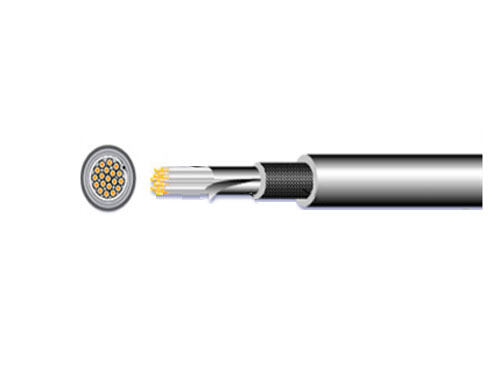- 1How to distinguish cable materials?
- 2How to conduct a visual inspection of wires and cables?
- 3How to evaluate the quality and performance of wires and cables?
- 4Troubleshooting of Low Voltage Automotive Wires: Common Problems and Solutions
- 5Application and Challenges of Low Voltage Automotive Wires in Electric Vehicles
- 6Analysis of Safety and Reliability of Low Voltage Automotive Wires
What are the main precautions for testing the insulation resistance of wires and cables

When measuring the insulation resistance of wires and cables, there are several precautions that need to be followed to ensure the accuracy and safety of the measurement:
Induced voltage measurement: When measuring the insulation resistance of cable lines, it is necessary to measure the induced voltage. This is because the induced voltage may affect the measurement results.
Choose a suitable insulation resistance meter: When the induced voltage of the cable line exceeds the output voltage of the insulation resistance meter, a higher output voltage level insulation resistance meter should be selected. This is done to avoid instrument damage and ensure measurement accuracy.
Communication and coordination: During the measurement process, it is necessary to ensure smooth communication. The testing personnel who cooperate on the opposite side must follow the instructions of the testing supervisor to prevent misoperation or safety accidents.
Charging phenomenon: There should be obvious charging phenomenon during the insulation resistance testing process. This is because the cable has a large capacitance and a long charging time, and sufficient charging time must be given during the test.
Stable reading: The reading can only be taken after the pointer of the insulation resistance meter is completely stable. This is to ensure the accuracy of the measurement results.
Special connection situation: If both ends of the cable are connected to GIS (Gas Insulated Substation) and an electromagnetic voltage transformer is connected during the test, the primary winding end of the voltage transformer should be grounded before measurement and checked after recovery.
Changes before and after voltage withstand test: Before and after the voltage withstand test, there should be no significant change in insulation resistance measurement to verify whether the insulation performance of the cable has been damaged.
Choose the appropriate tester: For cables of different voltage levels, insulation resistance testers of the corresponding voltage levels should be used. For example, use a 1000V insulation resistance tester for cables below 1000V, and a 2500V insulation resistance tester for cables above 1000V.

 Combining strength and flexibility · Easy to move
Combining strength and flexibility · Easy to move
 中文
中文